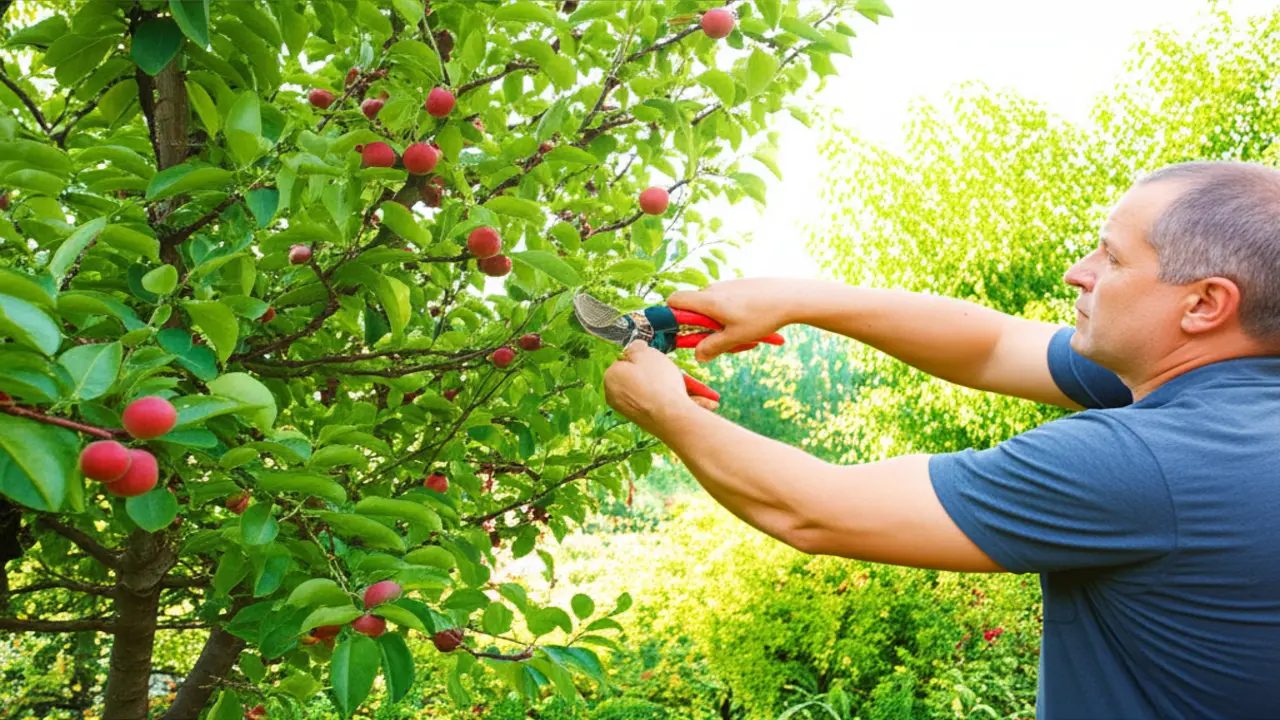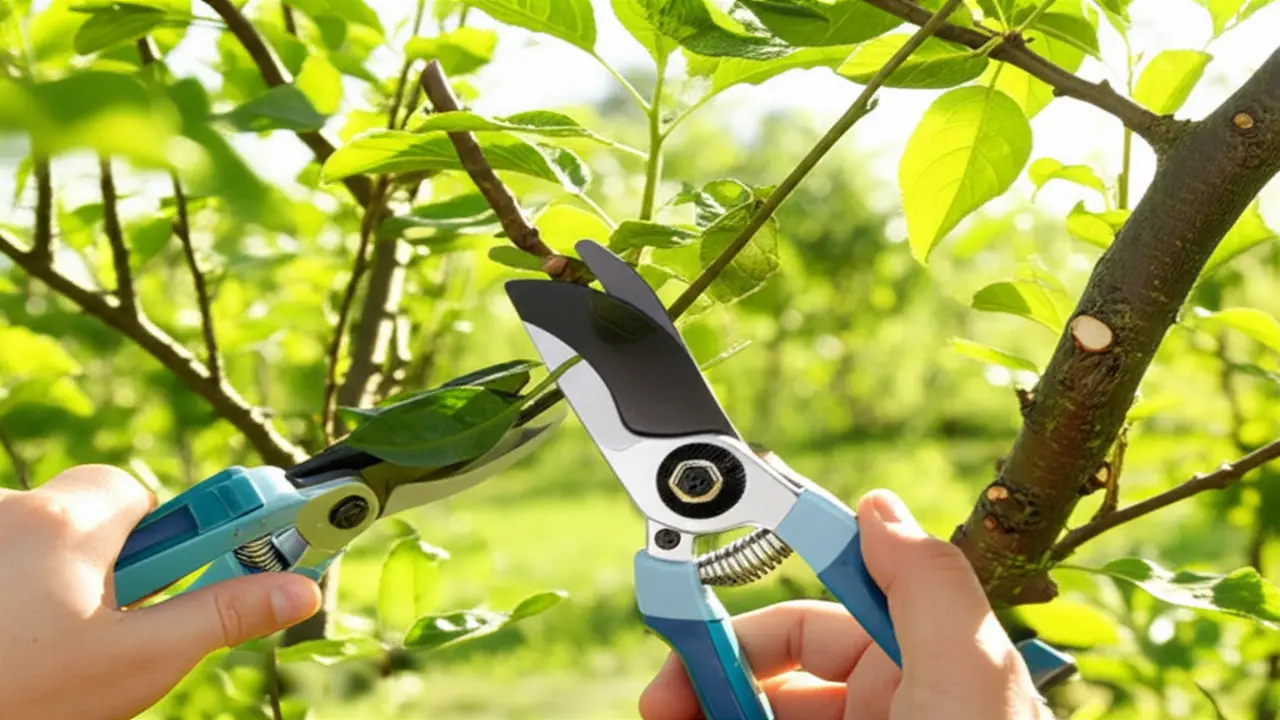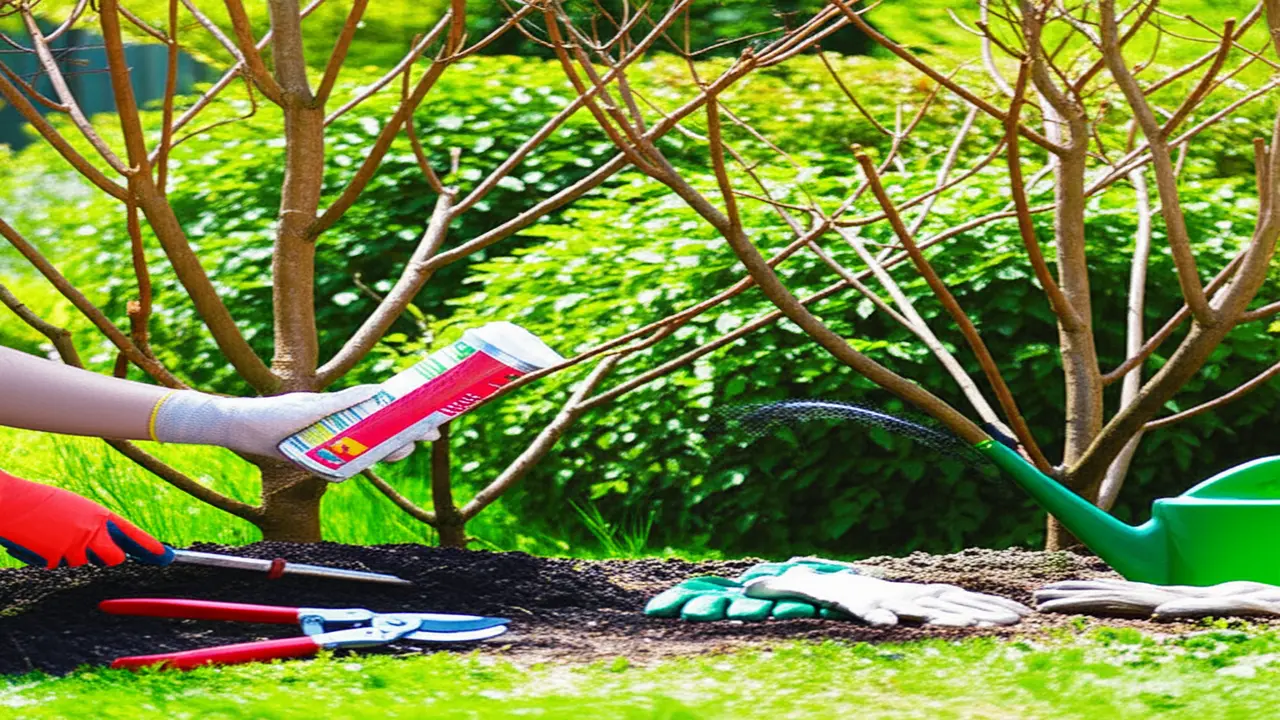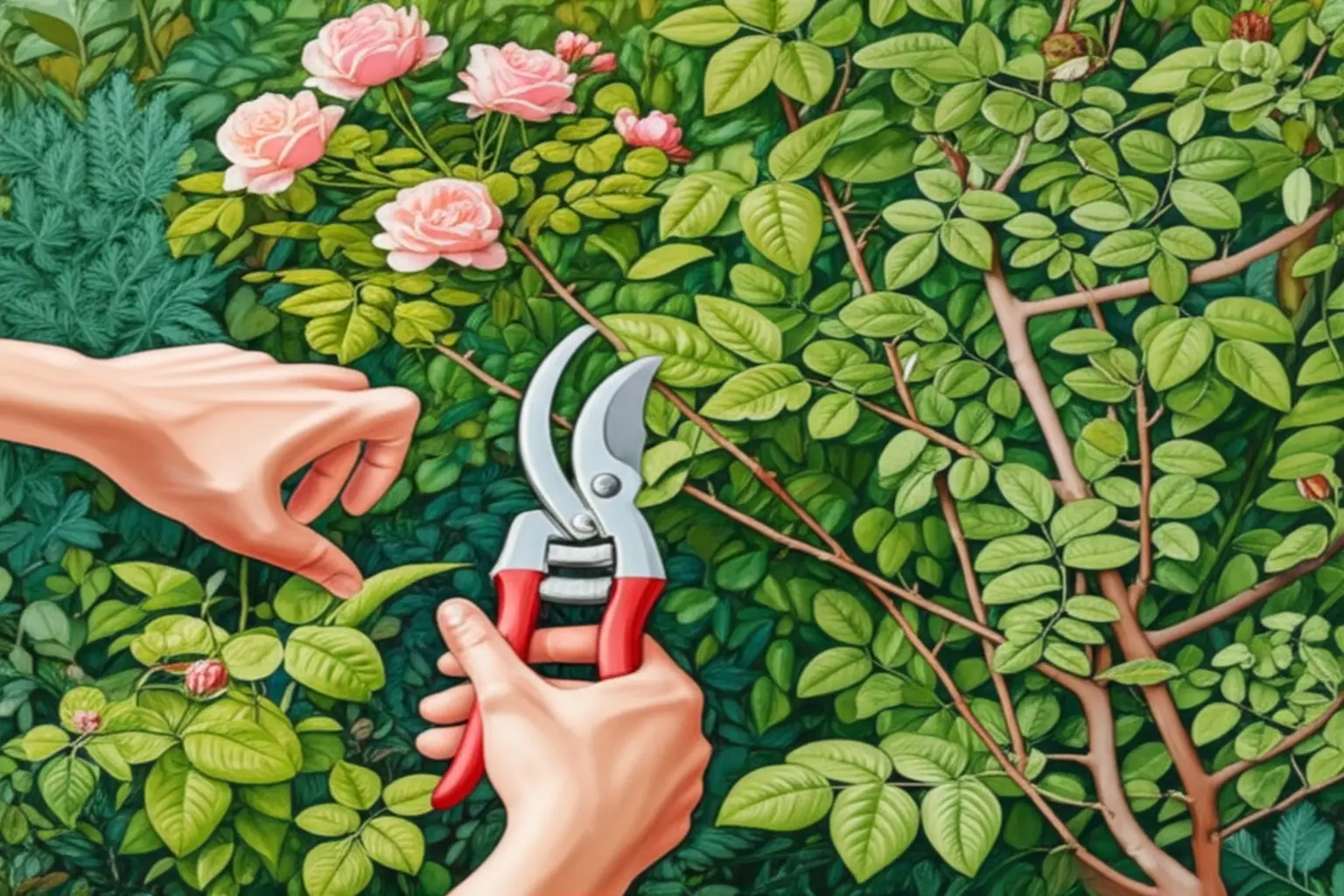1. What is Summer Pruning?
Key summer pruning tips include removing water sprouts and suckers, trimming back overly vigorous branches, and selectively thinning to maintain desired shape and size. This method differs from winter pruning, which is generally more severe and targets dormant wood for shaping and renewal. Summer pruning helps gardeners respond to plant growth in real time, providing better control and promoting optimal development during the growing season.
For more effective pruning practices, understanding the right tools is essential. Consider exploring our guide on how to sharpen pruning shears to maintain your equipment in peak condition.
2. Differences Between Summer and Winter Pruning
3. Benefits of Summer Pruning
Another major advantage is encouraging fruit bud formation, especially for apples and pears, which can lead to a more bountiful harvest the following season. For ornamental plants like roses and various flowering shrubs, summer pruning promotes repeat flowering, extending the blooming period and enhancing garden vibrancy.
Maintaining shapes of specialized forms such as espaliers and hedges is easier with timely summer pruning, ensuring that these decorative plant forms retain their intended design. Furthermore, removing unhealthy or damaged growth during summer helps redirect the plant’s energy to healthier parts, supporting overall vigor.
To maximize these benefits, gardeners should also consider using the right tools that facilitate efficient pruning. For those interested in the best pruning tools to complement summer pruning efforts, exploring options like professional pruning shears can enhance precision and ease of maintenance.

4. When to Summer Prune
Key summer pruning tips for 2025 emphasize avoiding pruning during heat waves or drought stress to minimize plant shock and prevent damage. Pruning during cooler morning or late afternoon hours helps preserve plant health. For flowering shrubs like hydrangeas, pruning immediately after bloom supports better next season flowering. Fruit trees benefit from pruning just after fruit set to direct energy efficiently.
In all cases, careful timing prevents exposing fresh cuts to extreme sun and dryness, which can hinder healing. For gardeners aiming to maintain healthy plants, understanding these timing nuances is crucial. Consider complementing pruning practices with proper tool maintenance, such as learning how to sharpen pruning shears, to improve cut precision and plant recovery.

5. Identifying Growth to Remove in Summer
6. Tools for Summer Pruning
7. Basic Summer Pruning Techniques
8. Summer Pruning Tips for Specific Plants
Stone fruits like peaches, cherries, and plums benefit from pruning immediately after harvest to enhance light penetration, control size, and reduce disease risks common in wetter climates. This timing helps in producing healthier fruit in subsequent seasons.
For berries, including raspberries and blackberries, summer pruning involves cutting back primocanes and floricanes post fruiting, coupled with thinning to improve air movement and reduce fungal issues.
Roses require deadheading to encourage rebloom, light shaping to maintain form, and removal of weak growth. Different rose types, such as climbers and shrubs, have specific pruning needs to maintain vigor and bloom quality.
Wisteria responds well to summer pruning by cutting back leafy shoots, which encourages flowering spur development and helps maintain structure.
Hydrangeas’ pruning depends on whether they flower on old or new wood, with timing of deadheading spent flowers crucial to enhance continuous bloom cycles.
Other shrubs and trees benefit from light shaping pruning and regular hedge trimming to maintain form and remove problematic branches, promoting overall plant health.
For precise pruning tools advice, including caring for your shears, check this guide on how to sharpen pruning shears. Understanding these plant-specific summer pruning tips will improve your garden’s vitality and productivity throughout 2025 and beyond.
9. Pruning Techniques for Specific Goals
Improving air and light penetration is crucial during summer pruning, especially for fruit trees and flowering shrubs. Removing inward-growing and crossing branches reduces disease risk and enhances photosynthesis. Encouraging flowering requires careful timing and selective removal of old or unproductive wood to stimulate new blooms. Similarly, fruit quality benefits from pruning that increases sunlight exposure and air circulation, leading to better ripening and reduced pest problems.
Structural shaping through summer pruning refines the plant’s form, supporting strong branch architecture and aesthetic appeal. Techniques include heading cuts to stimulate branching in desired areas and thinning cuts to reduce density without compromising the overall shape. Proper use of sharp and clean tools is essential, for guidance on maintaining pruning shears, see how to sharpen pruning shears to ensure clean cuts that heal quickly.how to sharpen pruning shears
Employing these goal-oriented pruning strategies during summer encourages robust, productive plants while maintaining garden harmony and health.
10. Common Summer Pruning Mistakes
– Timing is crucial. Do not prune early in the season when new growth is still tender or late in the summer close to dormancy. Incorrect timing can lead to weak regrowth or frost damage later.
– Avoid removing too much growth at once. Excessive pruning reduces leaves that provide energy through photosynthesis, weakening the plant and increasing vulnerability to stress.
– Improper cutting techniques harm plants. Cuts should be clean and close to the branch collar without leaving stubs or tearing bark, which can invite infections and slow healing.
– Consider the plant’s stress conditions such as drought, heatwaves, or pest infestation. Pruning stressed plants can worsen their health and vitality.
– Use sharp, clean tools to minimize injury and reduce the risk of spreading diseases. Regular maintenance of pruning shears, such as following guidelines on pruning shears cleaning and sharpening, ensures the best results.
By following these summer pruning tips, gardeners can maintain healthy plants and achieve desired shaping without causing unintended harm.

11. Aftercare Post-Summer Pruning
Cleaning up all pruned material from the garden immediately prevents attracting pests and reduces disease risks. Dispose of cuttings properly or compost them if free from disease symptoms. Monitor plants closely for signs of stress such as wilting or discoloration, and be alert to new growth patterns that could indicate pruning impacts.
Regular checks allow timely intervention if issues arise, ensuring optimal regrowth. Using quality tools and maintaining them, such as following tips on pruning shears cleaning, also contributes to healthier cuts and faster healing. Incorporating these summer pruning tips in your aftercare routine preserves plant health and keeps your garden flourishing into the following seasons.

